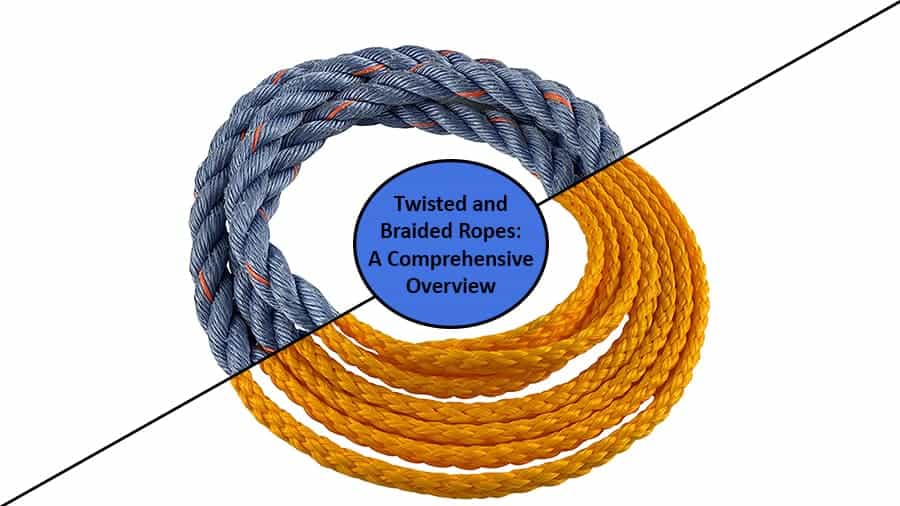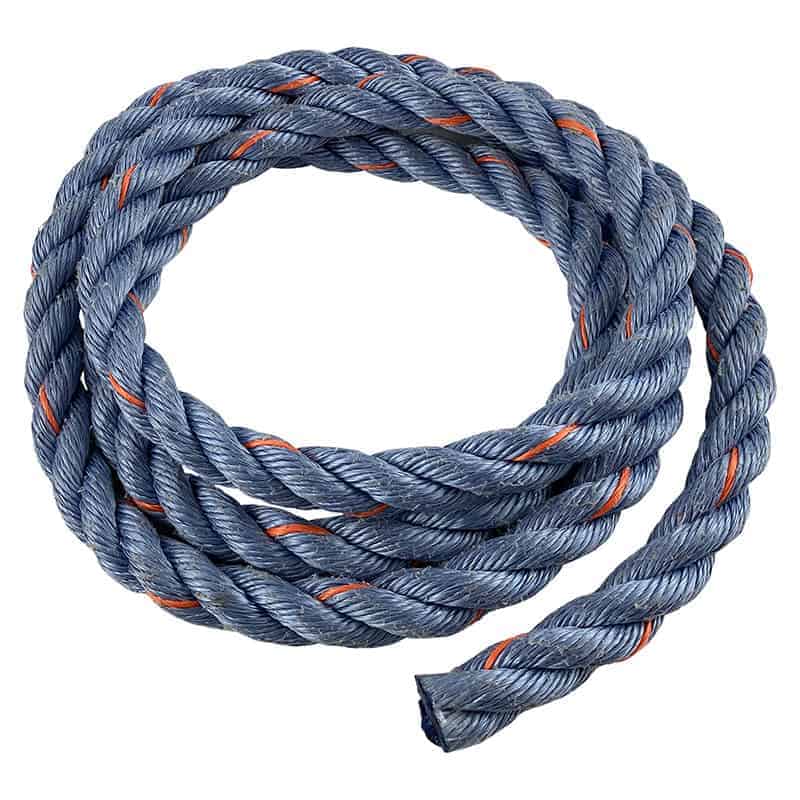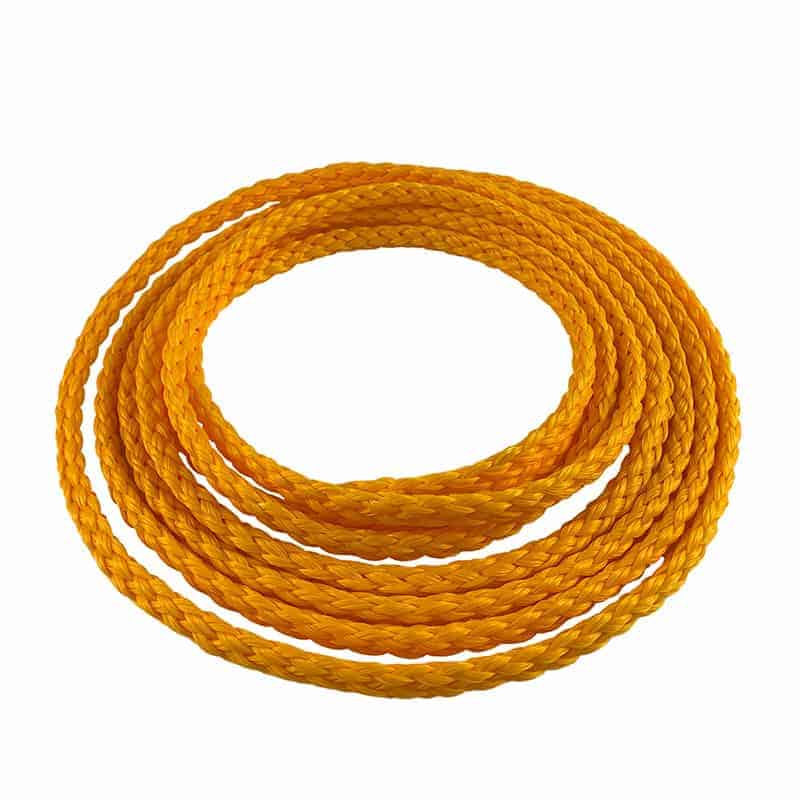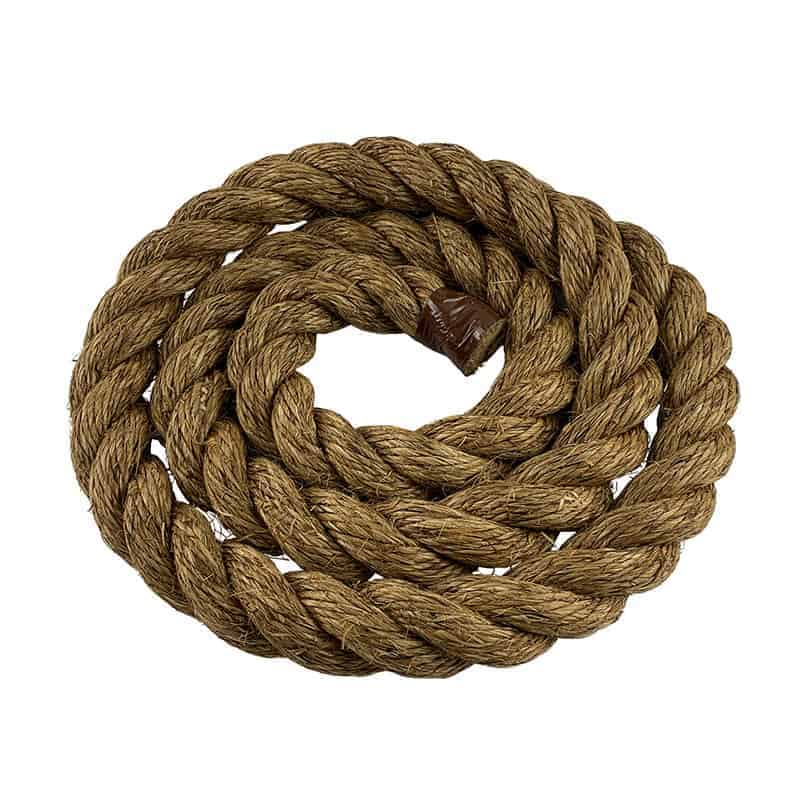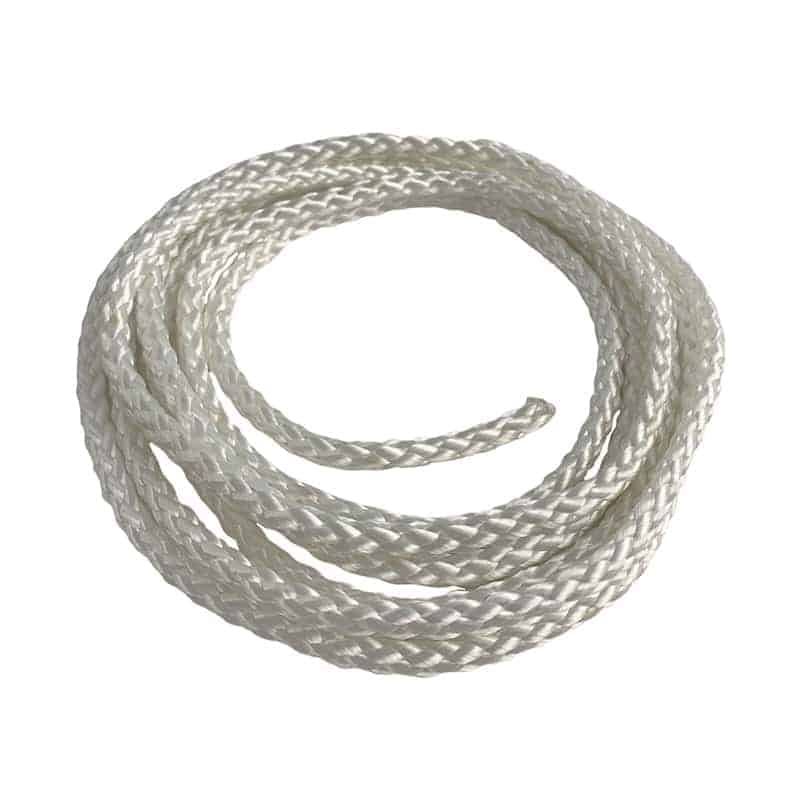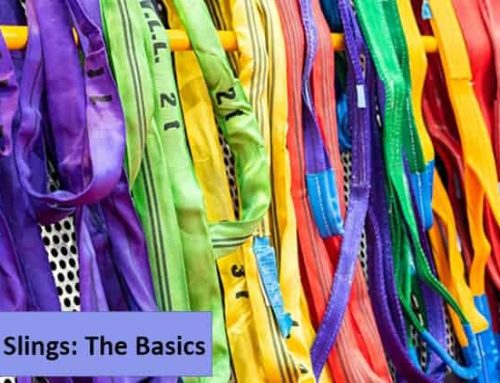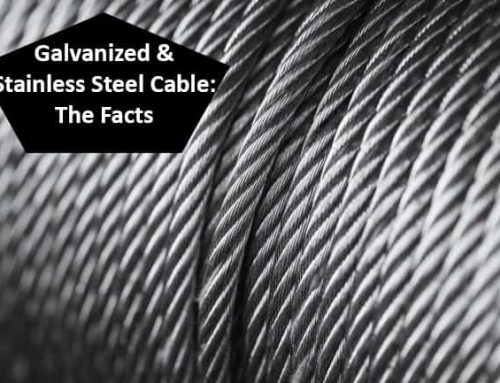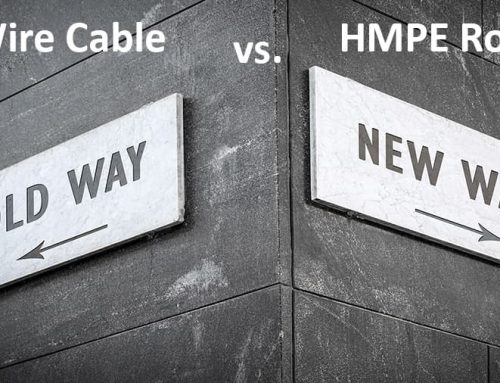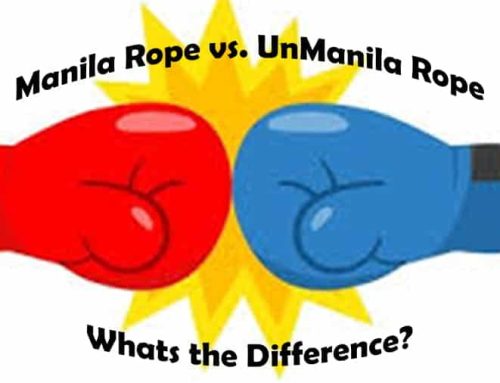Ropes are an essential part of our daily lives, used for a wide variety of purposes, from securing cargo to tying shoelaces. But did you know that there are two main types of ropes: twisted and braided? While both types of ropes serve the same basic purpose, they have distinct characteristics that make them better suited for different applications. This blog will delve into the world of ropes, exploring the key differences between twisted and braided ropes and providing insights into their respective strengths and weaknesses.
Twisted Ropes: The Traditional Choice
Twisted ropes are the most common type of rope, and they have been around for centuries. They are created by taking individual fibers of natural or synthetic materials, such as cotton, nylon, or polyester, and twisting them together to form strands. These strands are then twisted together in the opposite direction to create the final rope. The number of strands used can vary depending on the desired strength and thickness of the rope.
Pros of Twisted Ropes:
-
Cost-effective: Generally less expensive than braided ropes due to their simpler construction.
-
Easy to splice: Relatively easy to splice, which is the process of joining two pieces of rope together.
-
Good abrasion resistance: Tend to have better abrasion resistance than braided ropes, making them suitable for applications where the rope is likely to rub against surfaces.
Cons of Twisted Ropes:
-
Less flexible: Generally less flexible than braided ropes, making them more difficult to knot and manipulate.
-
Prone to unraveling: If the twists in a twisted rope become loose, the rope can start to unravel.
-
Susceptible to kinking: More prone to kinking than braided ropes, which can be a nuisance in certain applications.
Braided Ropes: The Modern Alternative
Braided ropes are a more modern type of rope, and they have gained popularity in recent years due to their superior strength and flexibility. Braided ropes are created by interlacing multiple strands of fibers in a complex pattern, typically a circular or diamond pattern. This intricate weaving process results in a rope that is both strong and supple.
Pros of Braided Ropes:
-
Higher strength: Generally stronger than twisted ropes, making them suitable for applications where heavy loads need to be lifted or secured.
-
More flexible: More flexible than twisted ropes, making them easier to knot and manipulate.
-
Less prone to kinking: Less prone to kinking than twisted ropes, which can be a significant advantage in certain applications.
Cons of Braided Ropes:
-
More expensive: Generally more expensive than twisted ropes due to their more complex manufacturing process.
-
More difficult to splice: Can be more difficult to splice than twisted ropes, requiring specialized tools and techniques.
-
Less abrasion resistance: Tend to have lower abrasion resistance than twisted ropes, making them less suitable for applications where the rope is likely to rub against surfaces.
Applications for Twisted and Braided Ropes
The choice between twisted and braided ropes depends on the specific application. Twisted ropes are a good choice for applications where cost and ease of splicing are important considerations. They are also suitable for applications where abrasion resistance is important. Braided ropes are a better choice for applications where strength and flexibility are critical. They are also a good choice for applications where kinking is a concern.
Twisted and Braided Rope: Key Differences
| Twisted Rope | Braided Rope | |
|---|---|---|
| Construction | Fibers twisted together to form strands | Strands interlaced in a complex pattern |
| Cost | Less expensive | More expensive |
| Flexibility | Less flexible | More flexible |
| Strength | Generally weaker | Generally stronger |
| Abrasion resistance | Better | Worse |
| Kinking resistance | Less resistant | More resistant |
| Splicing | Easy to splice | More difficult to splice |
Conclusion
Twisted and Braided Ropes are both valuable tools that serve a wide range of purposes. By understanding the key differences between these two types of ropes, you can make informed decisions about which type is best suited for your specific needs. Whether you’re securing a boat to a dock or tying down a load of cargo, choosing the right rope can make a significant difference in safety and efficiency.
*Still not sure what rope is best for you? Be sure to visit our Rope Selection Guide for an in-depth breakdown on the various ropes we carry.

